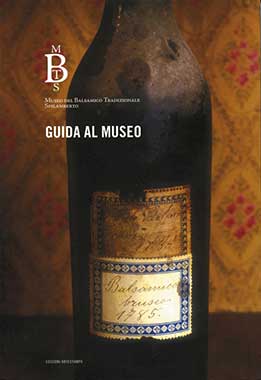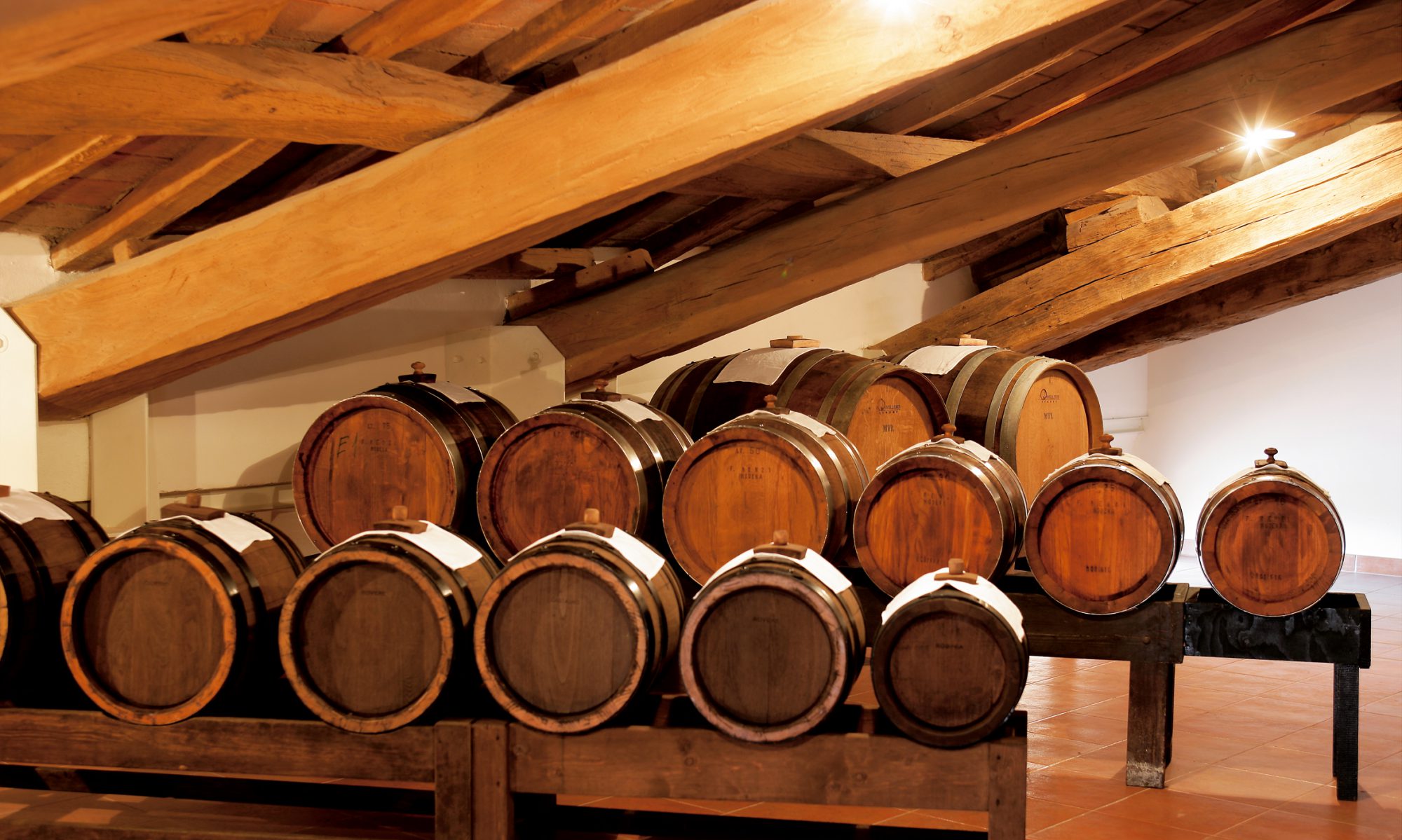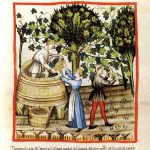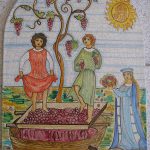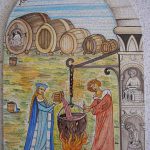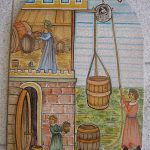Carpi è senz’altro legata alla tradizione e alla cultura dell’aceto balsamico, un prodotto enogastronomico tipico che ci è stato tramandato per lo più attraverso la pratica e l’oralità.
La storia dell’Aceto Balsamico è testimoniata dai tempi del Ducato Estense, ma già i Romani cuocevano i mosti trasformandoli in risorsa alimentare. Forse proprio nella casualità di un mosto cotto e dimenticato, dopo un lungo processo di fermentazione e invecchiamento, si sono sviluppate quelle caratteristiche inconfondibili di questo prodotto. Una delle qualifiche che lo contraddistinguono c’è quella di “Balsamico”, termine che gli venne attribuito per le sue proprietà medicamentose. Nel 1839 Il conte Giorgio Gallesio restò ammaliato dalle caratteristiche del Balsamico e ne descrisse le procedure di produzione nelle antiche acetaie del Conte Salimbeni, così come l’Avv. Aggazzotti, nel 1861, spiegava nelle sue lettere all’amico Fabriani, le antiche e segrete procedure della sua famiglia.
Nel territorio carpigiano una floridissima viticoltura ne ha da sempre favorito la produzione. Come ben documentano le ricerche di Luciana Nora del Centro Etnografico del Comune di Carpi, nei secoli scorsi le famiglie della nobiltà e della borghesia agraria avevano e si tramandavano un’acetaia di balsamico. Tra i più antichi riferimenti certi, relativi all’aceto balsamico, è quello di Giuseppe Pecchi, riguardante l’acetaia di un’antica famiglia di Carpi, con etichetta “Balsamico Brusco 1785”. Il reperto si trova ora al Museo dell’Aceto Balsamico Tradizionale di Spilamberto. Si trova traccia di un’antica acetaia in Carpi nel diario di Gian Marsiglio Pio, conservato nell’Archivio Comunale di Carpi, in un inventario di cose che furono spostate nel 1491.
Nel testo della pubblicazione, che potete scaricare, Luciana Nora da testimonianza della presenza nei secoli scorsi di diverse acetaie della nobiltà e borghesia agraria carpigiana.
The Balsamic of the secular tradition in Carpi
The city of Carpi is undoubtedly linked to the tradition and culture of the balsamic vinegar. This vinegar is a local delicatessen which has been handed down from generation to generation mostly through the people’s work and talks.
The history of Balsamic Vinegar is testified from the times of the Estense Duchy, however we know that already the Romans cooked and transform grape juice (must) into a food. Perhaps in a “forgotten must”, after a long fermentation and aging process, unique characteristics have developed. One of the characteristics that distinguish this product is the so-called “Balsamic” flavor, a term which is linked to its medicinal properties. In 1839 Count Giorgio Gallesio was positively fascinated by its properties and described its production procedures in the ancient vinegar farms of Count Salimbeni. The same happened to the lawyer Aggazzotti, in 1861. In several letters he explained to his friend Fabriani, the ancient and secret vinegar making process of his family.
The very flourishing viticulture production in the Carpi area has always favored the Balsamic vinegar production. The research historian Luciana Nora of the Ethnographic Center of Carpi has well documented how over the past centuries most of the families of the nobility and the agrarian bourgeoisie had a balsamic vinegar production. Among the oldest verified references regarding balsamic vinegar, we now have an old bottle of balsamic with the label “Balsamico Brusco 1785” of an ancient vinegar farm in Carpi. This bottle, which can be seen now in the Museum of Traditional Balsamic Vinegar in Spilamberto, was donated by Giuseppe Pecchi. References of an ancient vinegar farm in Carpi are found in the diary of Gian Marsiglio Pio, which is now preserved in the Municipal Archives of Carpi. In the diary, dated back 1491, is described an inventory were among of the items moved in a relocation, barrels of balsamic vinegar were also listed.
Here below, you can download the text of the publication by Luciana Nora in which she describes the presence of several vinegar farms of the nobility and agrarian bourgeoisie of Carpi in the past centuries.
![]() Scarica la pubblicazione “Il balsamico a Carpi”
Scarica la pubblicazione “Il balsamico a Carpi”
![]() Scarica la brochure completa in inglese
Scarica la brochure completa in inglese
![]() Scarica la brochure completa in tedesco
Scarica la brochure completa in tedesco
